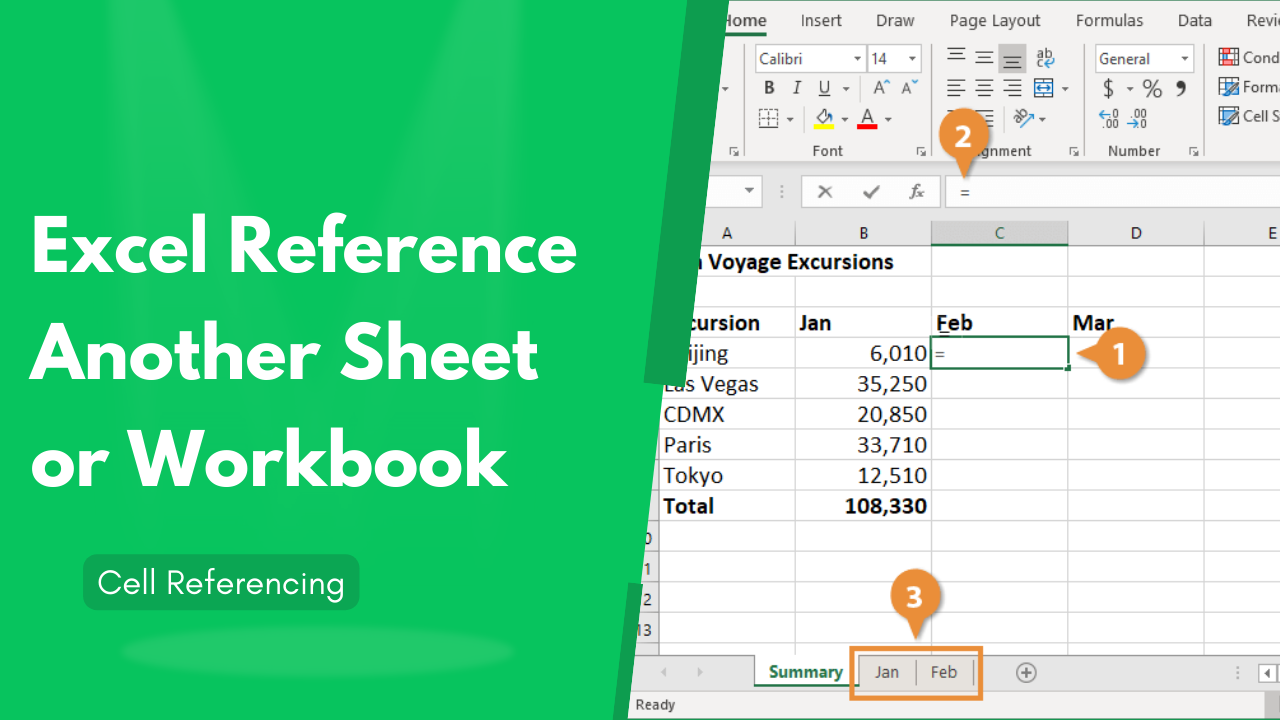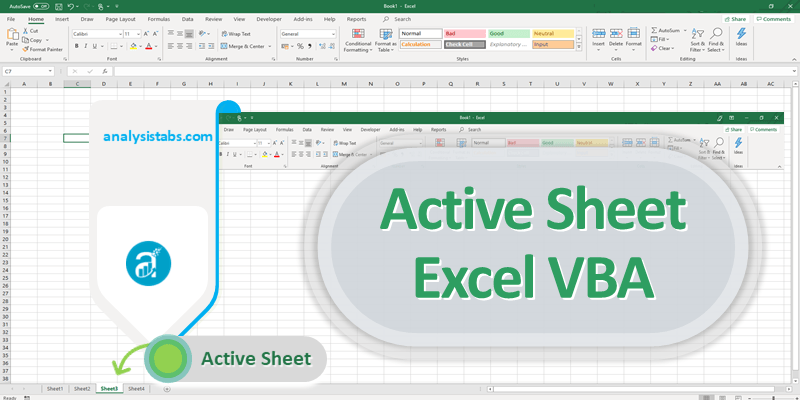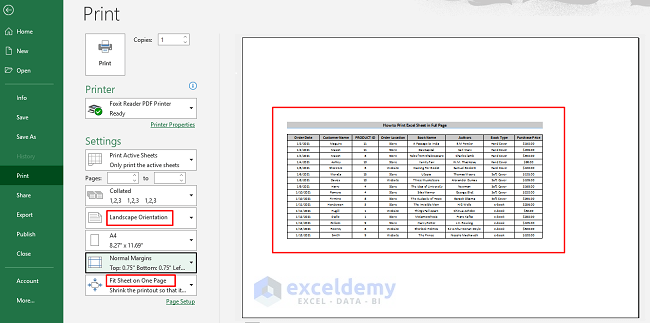5 Essential Excel Accounting Tips Free Sheet

Accounting tasks have always been time-consuming, requiring meticulous attention to detail. However, with Microsoft Excel, many of these challenges can be alleviated, making your financial management tasks smoother and more efficient. In this comprehensive guide, we delve into five essential Excel accounting tips, complete with a free Excel sheet designed to help you take control of your accounting tasks effortlessly.
Tip 1: Utilize Shortcuts for Efficiency

Excel's power lies in its shortcuts, which can significantly cut down on the time you spend on common tasks. Here are some shortcuts every accountant should know:
- Ctrl + D: Duplicate the content of the above cell into the selected cells.
- Alt + E, S, V: Open the Paste Special dialog box.
- Alt + E, M: Move or copy cells or ranges.

Tip 2: Employ Conditional Formatting for Quick Insights

Conditional formatting is a powerful tool that helps in visually identifying patterns, trends, or specific values in your data. Here's how you can use it:
- Select your data range.
- Go to Home > Conditional Formatting.
- Choose the format based on your needs (e.g., Data Bars, Color Scales, Icon Sets).
| Rule | Description |
|---|---|
| Highlight Cells Rules | Highlight cells based on specific criteria like greater than, less than, or equal to. |
| Top/Bottom Rules | Identify top or bottom numbers, percentages, or above/below average values. |

With conditional formatting, you can quickly identify financial anomalies or ensure your accounts are in line with your expectations.
Tip 3: Automate Calculations with Formulas and Functions

Excel's built-in functions like SUM, AVERAGE, VLOOKUP, and XLOOKUP can automate many accounting tasks:
- SUMIF: Sum up values based on specific criteria.
- VLOOKUP: Look up data vertically in a table.
- XLOOKUP: An advanced alternative to VLOOKUP for all directions and multiple returns.
💡 Note: XLOOKUP is a versatile tool for when you need to retrieve information from tables or arrays, making it a must-learn function for accountants.
Tip 4: Data Validation for Error Reduction

Data validation ensures your entries meet specific criteria, reducing errors in your accounting records. Here's how to set it up:
- Select the cells or range you want to apply validation to.
- Go to Data > Data Validation.
- Choose your validation criteria (e.g., whole numbers, dates, custom formulas).
By enforcing data validation, you can prevent incorrect entries, ensuring your financial data remains accurate.
Tip 5: Use PivotTables for Data Analysis

PivotTables are excellent for summarizing, analyzing, and presenting financial data in an insightful way:
- Select your data range.
- Go to Insert > PivotTable.
- Drag fields to the Rows, Columns, Values, and Filters areas to analyze your data.
With PivotTables, you can analyze and report financial metrics, trends, and patterns without altering your source data.
In this guide, we’ve explored five vital Excel accounting tips that can elevate your financial management skills. From utilizing shortcuts and conditional formatting to automating calculations, ensuring data accuracy through validation, and making data analysis simpler with PivotTables, these tools and techniques are designed to streamline your workflow and make accounting tasks more manageable. As you implement these strategies, your efficiency and accuracy in handling financial data will undoubtedly increase, making Excel an indispensable tool in your accounting arsenal.
How do I download the free Excel accounting sheet?

+
This guide provides tips, but to get the free Excel accounting sheet, look for it in the Excel templates section.
Are these Excel tips suitable for beginners?

+
Absolutely! The tips range from basic to advanced, ensuring that both beginners and experienced users can benefit.
Can I apply these tips in other spreadsheet software?

+
While Excel-specific, many concepts like pivot tables and conditional formatting have counterparts in other spreadsheet programs.



